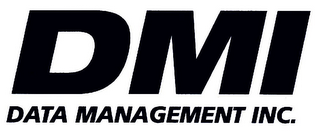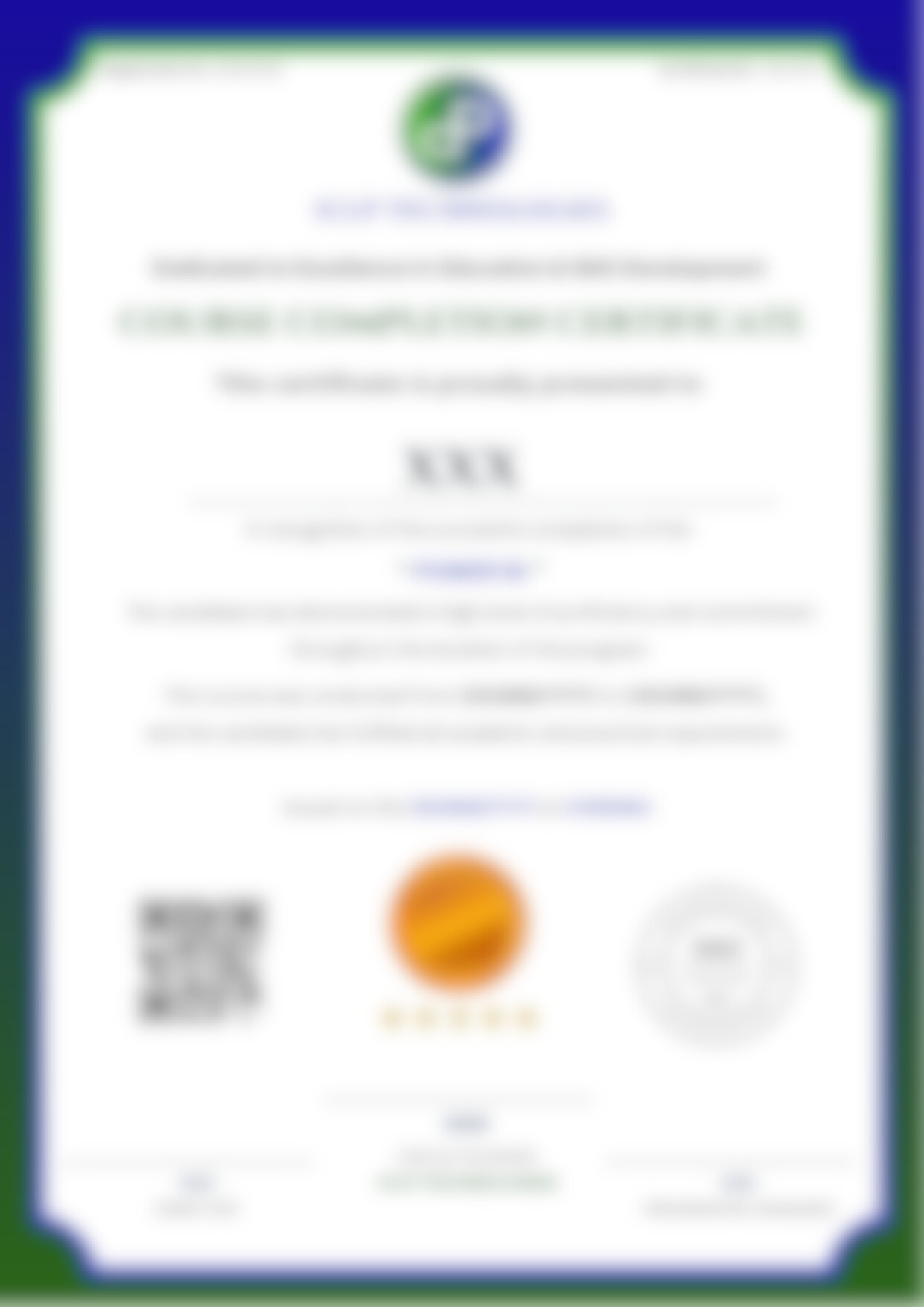Microsoft Excel
Our Microsoft Excel course provides comprehensive training in spreadsheet analysis and business productivity. You'll progress from basic functions to advanced data manipulation, analysis, and visualization techniques used by business professionals worldwide.
Course Highlights
Skills You'll Gain
- Use Excel for data analysis and reporting (Power Query integration)
- Create advanced formulas and functions (XLOOKUP, LAMBDA, dynamic arrays)
- Design pivot tables and charts (slicers, timelines, calculated fields)
- Automate tasks with macros (VBA scripting fundamentals)
- Apply data validation and conditional formatting (custom rules, formulas)
- Build interactive dashboards (form controls, sparklines)
- Clean and transform data efficiently (text functions, Flash Fill)
- Collaborate securely (shared workbooks, protection, track changes)
Our Graduates Work At






Course Curriculum
- Overview of Excel and its features
- Setting up the Excel environment
- Basic Excel operations
- Using advanced formulas
- Working with functions
- Data validation and conditional formatting
- Creating and managing pivot tables
- Designing charts and graphs
- Data visualization techniques
- Creating and managing macros
- Automating tasks with VBA
- Debugging and optimizing macros
- Hands-on Excel projects
- Final project presentations

Have Questions?
Book a free consultation with our experts
ICLP Certification
Earn a recognized credential that validates your technical expertise and opens doors to new career opportunities.

Why Learn Microsoft Excel?
- Ubiquitous in business environments
- Versatile for various tasks
- No coding required for basic use
- Good for data organization
- Powerful formulas and functions
- Visualization capabilities
- Pivot tables for data analysis
- Integration with other Office tools
- Macros for automation
- Wide range of templates
Our Hiring Partners
Top companies where our graduates work















Reviews
Average rating: 4.8/5 (1,000+ learners)
Microsoft Excel FAQs
Find answers to common questions about this course
Ctrl+C/V (copy/paste), Ctrl+Z (undo), F2 (edit cell), Ctrl+Arrow (navigate), Alt+= (autosum), Ctrl+Shift+L (filters), and Ctrl+T (create table).
=VLOOKUP(lookup_value, table_array, col_index_num, [range_lookup]). For exact matches, set range_lookup to FALSE. Consider XLOOKUP in newer Excel.
Structured references (Ctrl+T) that automatically expand, have built-in filters, and enable easier referencing in formulas with column names.
Select data > Data tab > Remove Duplicates. For more control, use advanced filter or formulas with COUNTIF to identify duplicates.
Interactive summaries that group/count/summarize data by dragging fields to rows/columns/values areas. Right-click to refresh when source data changes.
Select data > Insert tab > choose chart type. Right-click elements to format. Use Design/Format tabs for additional customization options.
Rules that change cell formatting based on values (data bars, color scales, icon sets) or formulas. Found in Home tab > Conditional Formatting.
Review tab > Protect Sheet/Workbook. First format cells > right-click > Format Cells > Protection to unlock cells before protecting sheet.
Formulas that perform multiple calculations (CSE formulas in older Excel). In Excel 365, these are dynamic arrays that spill results automatically.
Record macros (View > Macros), write VBA code (Alt+F11), or use Power Query (Data tab) to automate data transformations and repetitive tasks.
Ready to Start Your Microsoft Excel Journey?
Limited seats available for the next batch
Explore Our Courses
Discover the perfect course to advance your career


